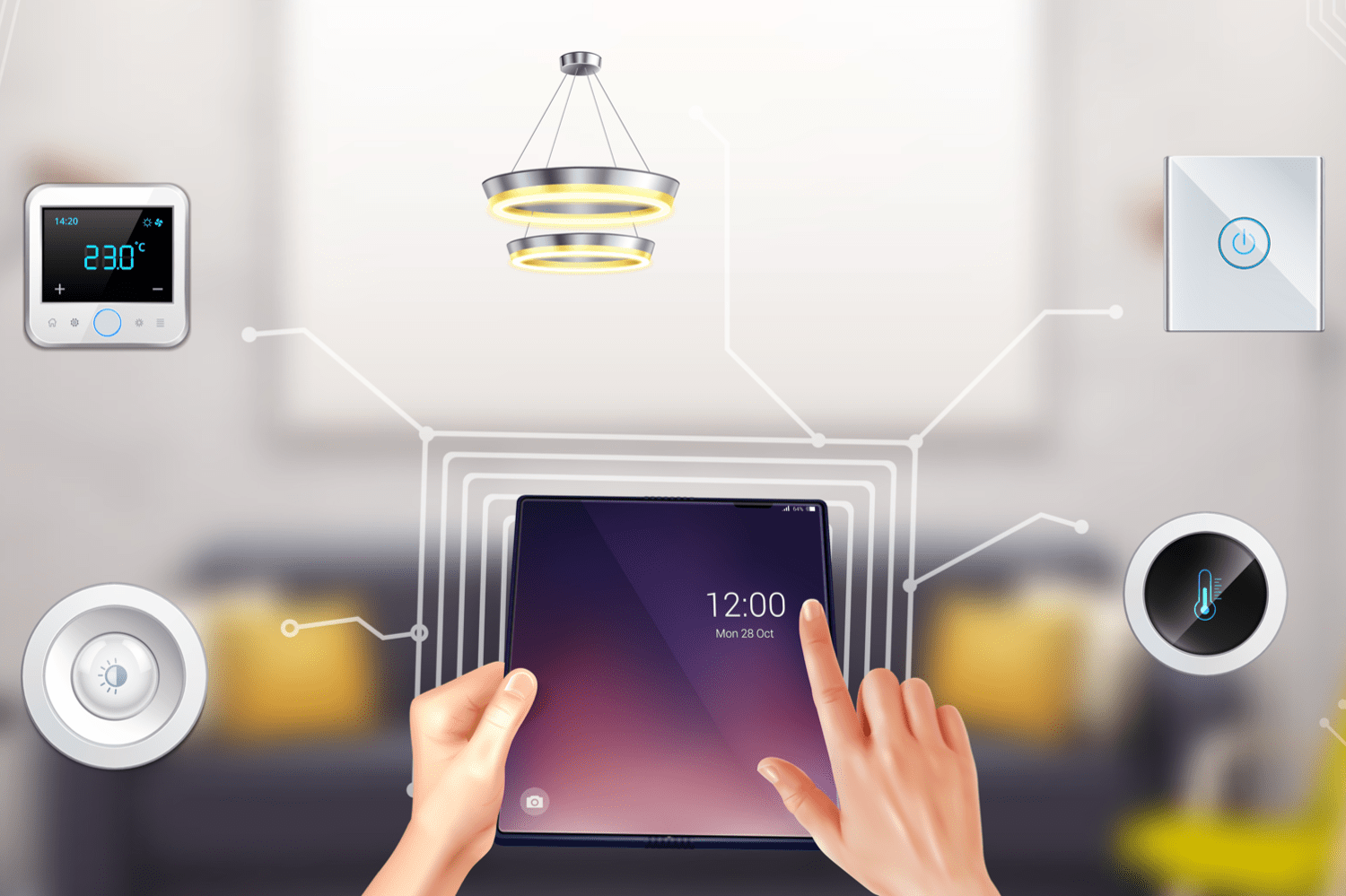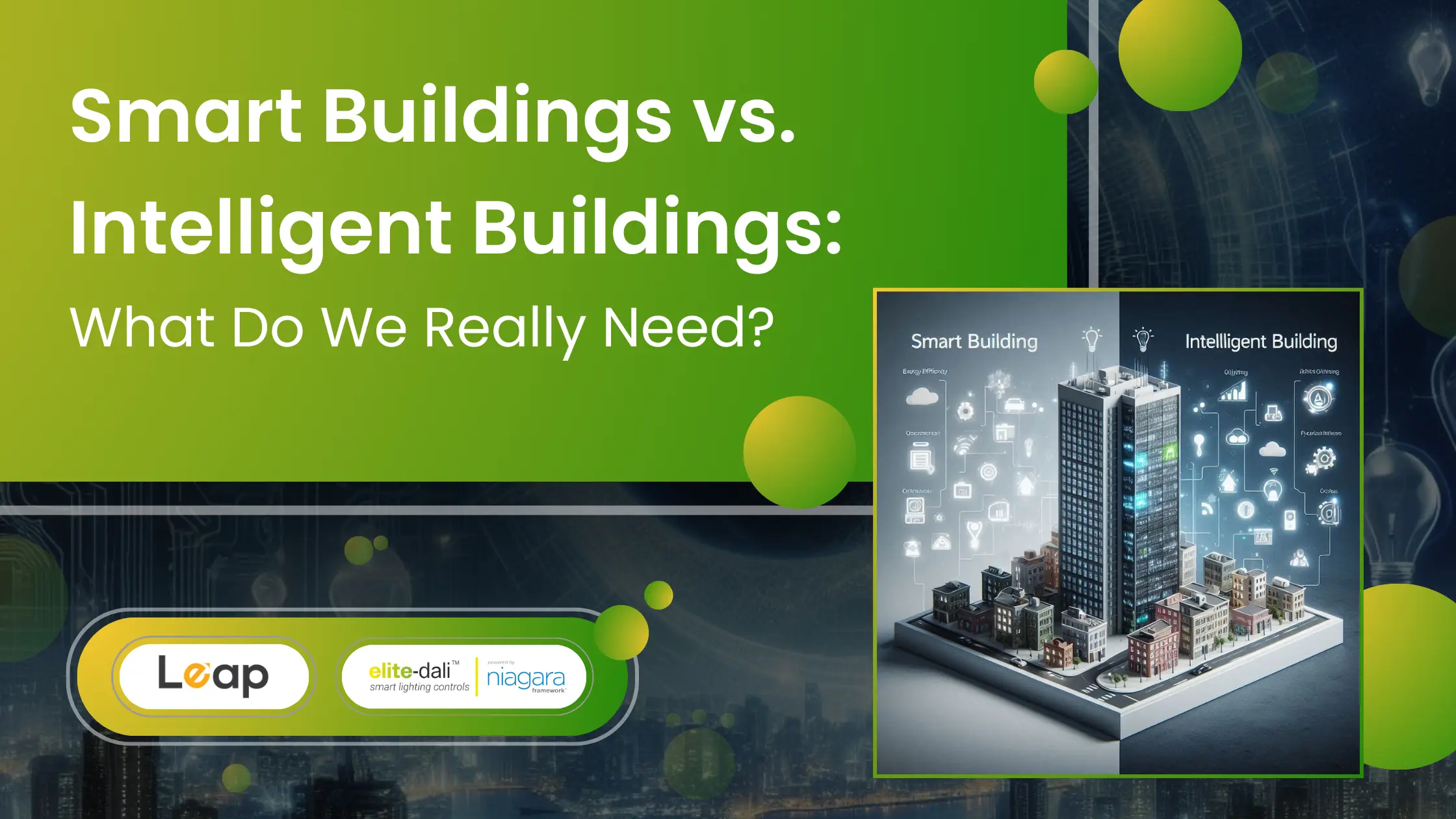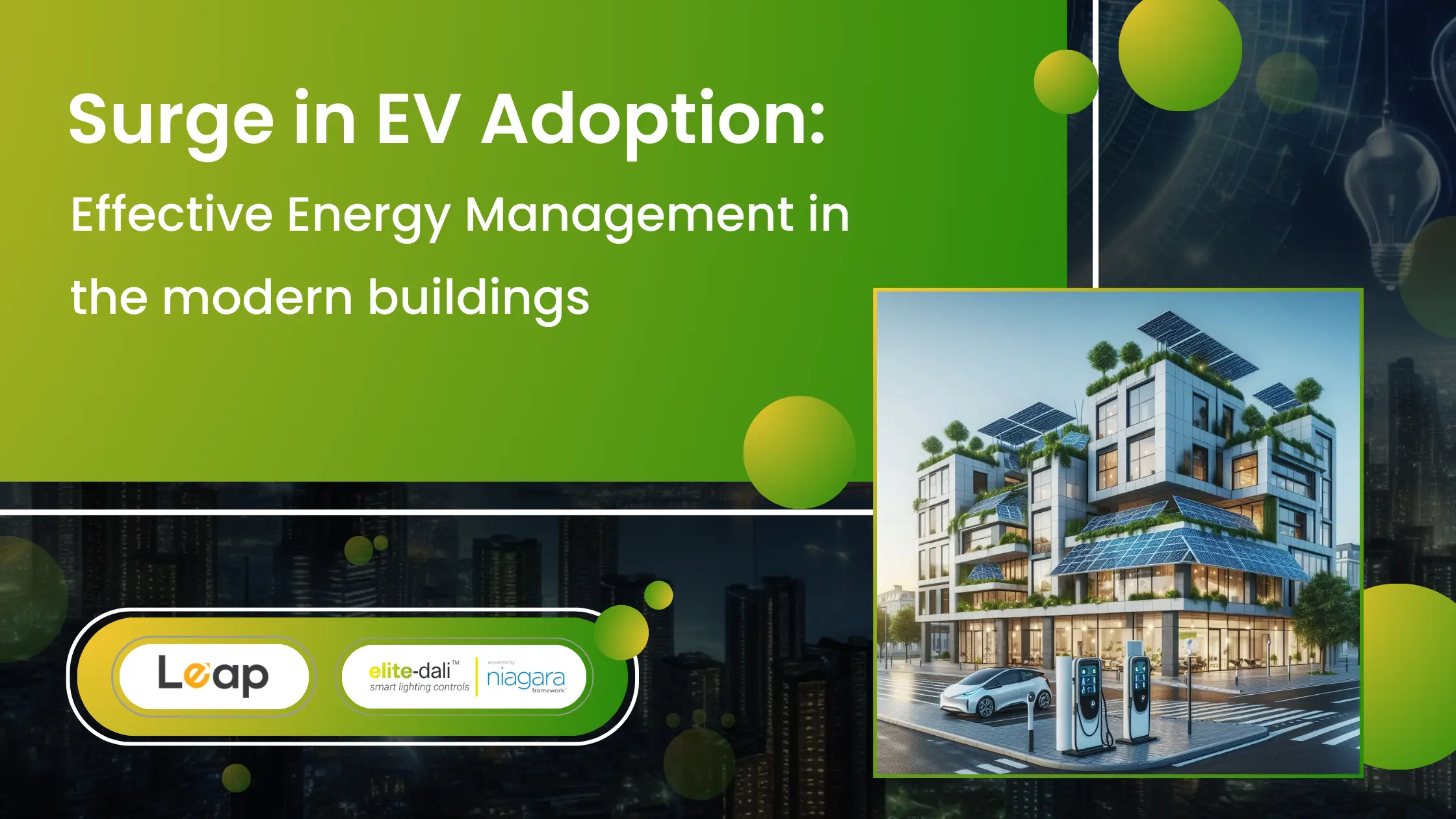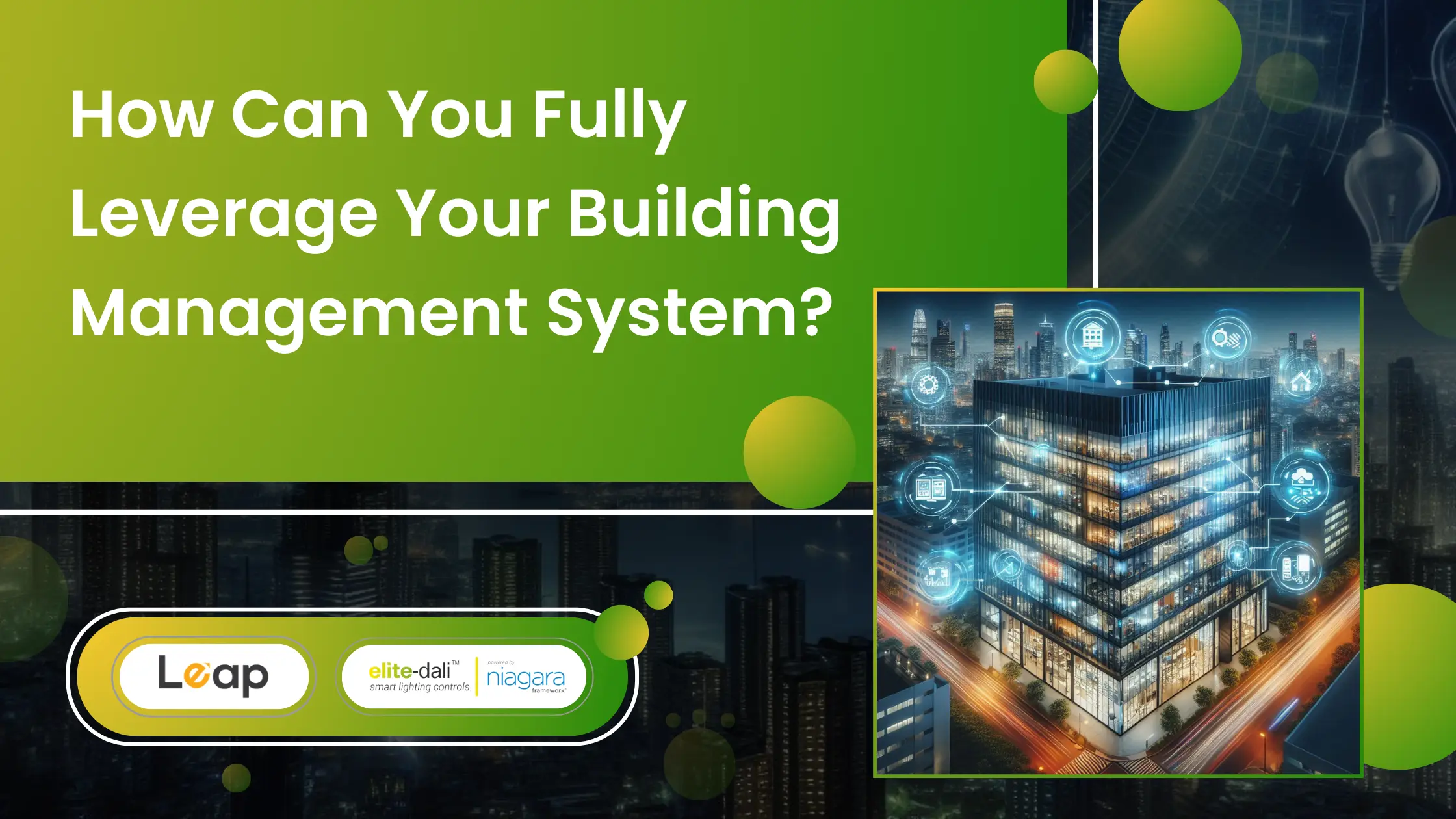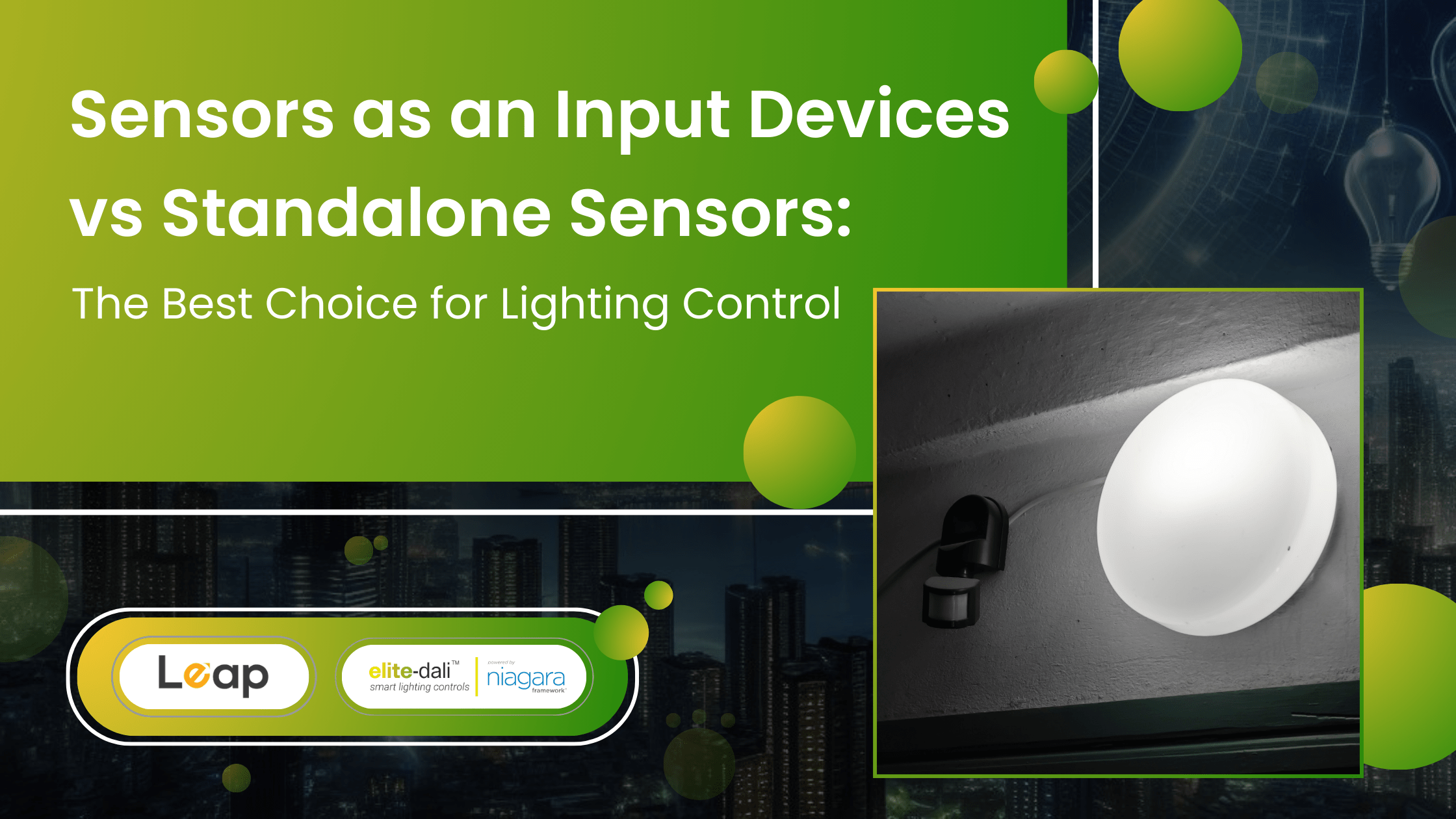Understanding What A Lighting Control System Brings To The Table
Lighting control options have expanded like anything in the last decade. The paradigm shift in the objectives of the new lighting system has been a great catalyst for this trend. Today, in commercial and residential spaces alike, there is an increased focus on having an efficient lighting system that saves electricity and reduces bills. Sticking to a traditional lighting system just because they can still ‘do the job’ will only result in more power mismanagement.
It is a popular saying that customers are always willing to pay extra for convenience. What more convenience can you get than being able to switch OFF all lights of your workplaces whenever there is no occupancy or there is enough light LUX available? With that in mind, let us explore all lighting control options people have today, and how lighting control systems can change lives.
What Is A Lighting Control System?
An interconnected system of small and large components that helps users experience unique lighting control functions is called a lighting control system or lighting management system. An automated lighting control system comprises various parts depending on the functions that it supports. These usually include light switches, occupancy sensors, photocells, touchscreens, etc. The best part about lighting control systems is the immense possibility of adding smarter components.
The integration of lighting control panels in your basic building management system allows you to cover all possible lights for automation. Not just this, lighting control systems help you customize the functioning of your lights too. So, if you want the lights in the passages to switch on every day at 7 when it gets dark outside, you can schedule it with a lighting control system.
Lighting Control Functions That Users Enjoy
Lighting control functions keep evolving to accommodate efficiency, cost-cutting, and customization from time to time. The basic objective that every lighting control system fulfils is to support your visual requirement needs while managing your energy consumption. To help you achieve that, a basic lighting control system will support functions like increasing the intensity of lights in some sections, dimming of lights during certain hours of the day, or completely switching off lights after sensing the occupancy of a room. In technical terms, these lighting control functions are described as zoning, dimming, and turning off of lights.
Much of the evolution in the lighting control systems domain is concerned with customization. Therefore, there are many functions that will support you in implementing your preferred lighting specifications automatically. So, if you want an LED light of a particular colour to be assigned to a specific space, that will be implemented automatically through the control system.
Lighting control systems, like much other daily use equipment, are becoming intelligent too. With the implementation of artificial intelligence and machine learning models, lighting control systems help in tweaking light intensity, temperature, colour, etc., to support our biological needs. So, you have lighting control systems where there is automatic changing of light temperatures so that it suits your body clock and plays a role in promoting a healthy lifestyle.
Remote programming is another area where lighting control systems are coming up with exciting offerings. Primarily, remote programming allows a user sitting at his place to control the lights in his office space to regulate energy consumption.
In important aspect can be added as,
- Automated fault detection and diagnosis
- Data and Analytics – Energy Consumtion, Light fixures life etc
Lighting Control Systems: Numbers, Opinions, and Research
People are definitely showing more interest than ever in getting lighting control systems installed in their commercial and residential projects. This is the reason why the lighting control systems market is expected to grow from USD 19.5 billion in 2019 to about USD 39.0 billion by 2024.
Extensive market research and surveys have been conducted to know the general opinion about these systems. Most people refer to energy efficiency and decreased power mismanagement as the main trigger for switching to lighting control systems.
The planners of Smart City projects in developing economies are monitoring the growth of smart lighting solutions very closely. This is because, without smart street lighting, that lowers the power dependence and delivers the right visual support, the dream of a smart city cannot be realized.
During the forecast period, that is between 2019 to 2024, the hardware segment is expected to dominate the lighting control systems market. LED drivers and ballast components hold the maximum share among hardware devices in the automated lighting domain.
elitedali Solutions For Lighting Control
elitedali is the leading choice for convergent lighting solutions today. We help commercial space owners seek the benefits of lighting control by integrating lighting control systems with building management systems. However, this integration does not require any complex and expensive third-party protocol converter. So, to integrate lighting control systems for offices, and be able to customize them in a flexible and affordable way, contact elitedali representatives today.


